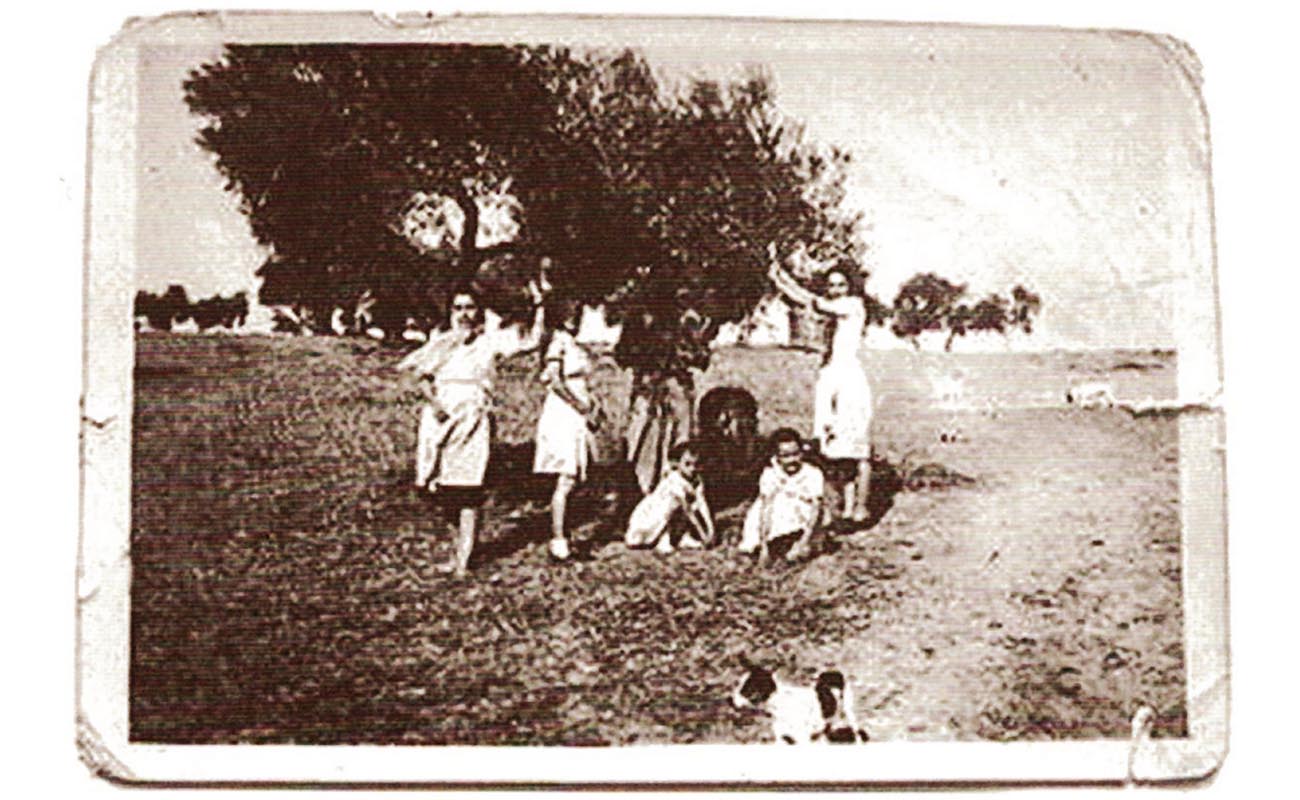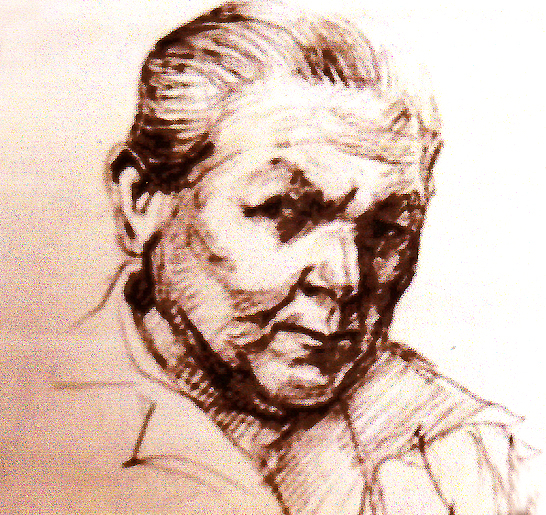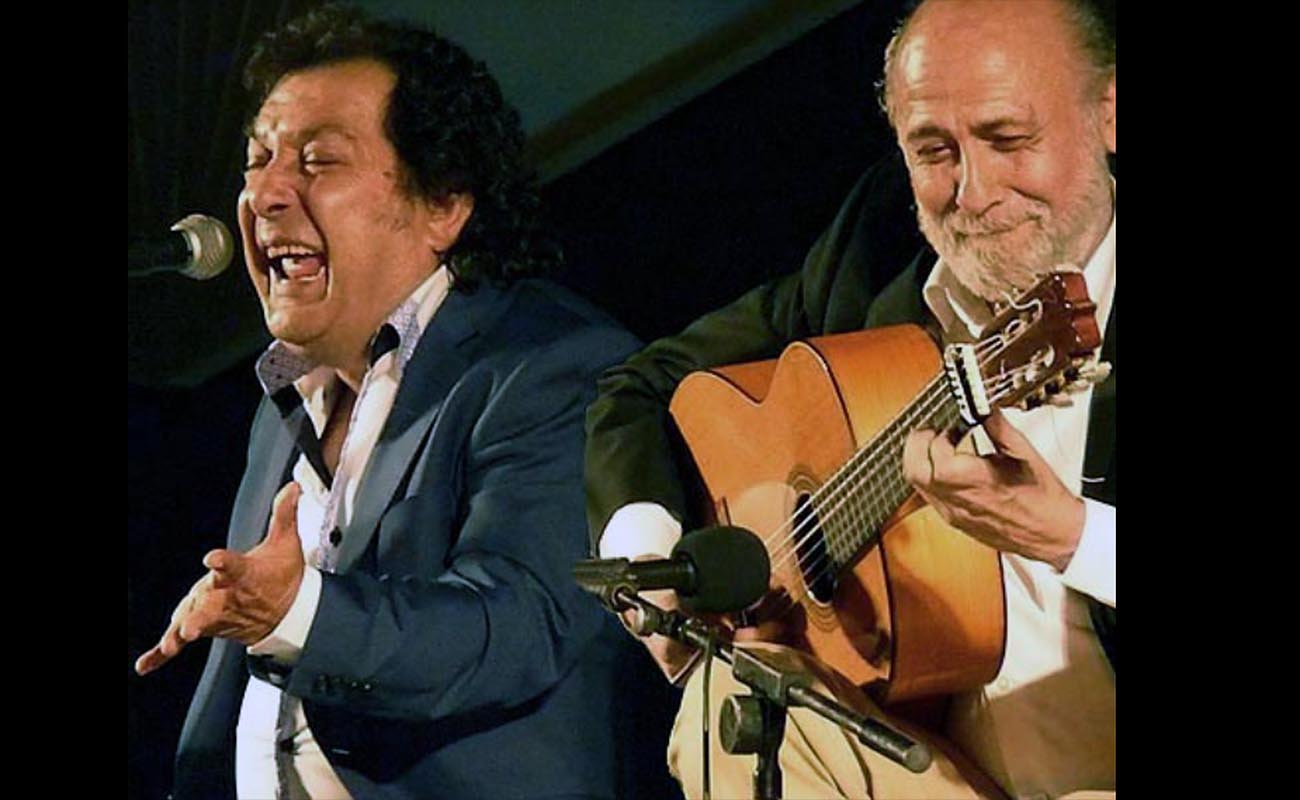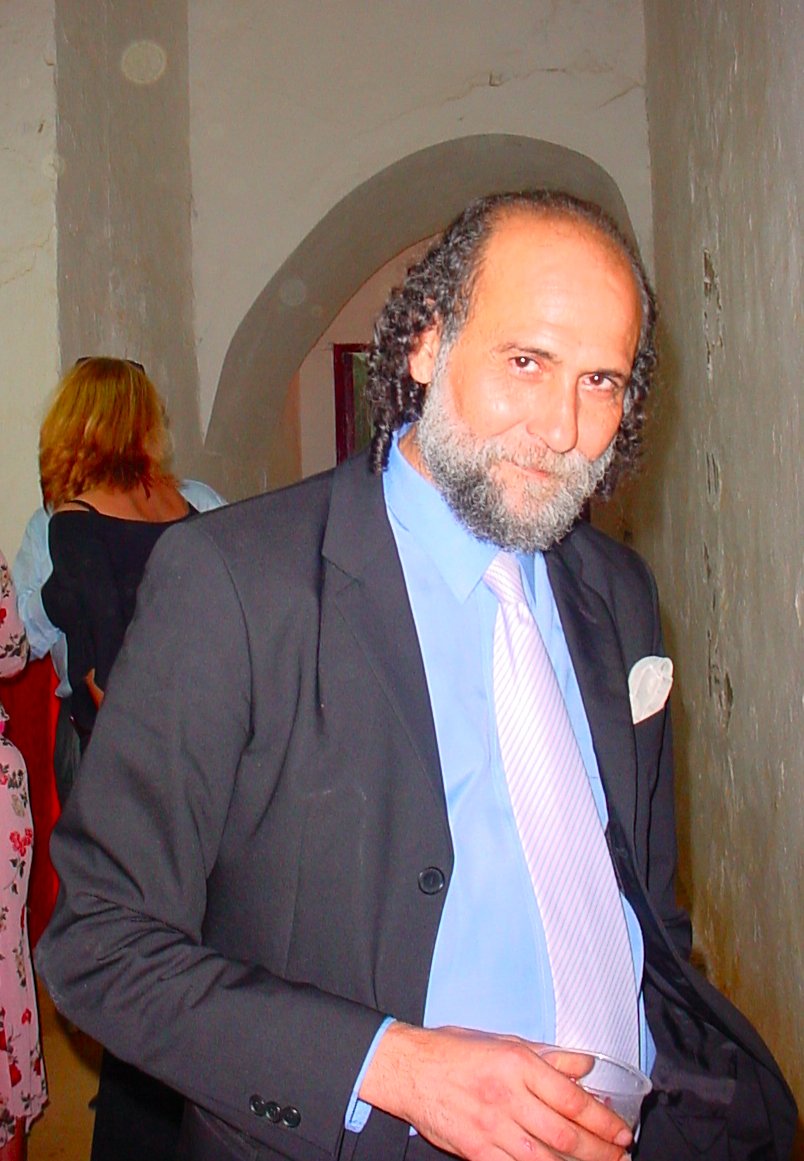Manuela Carrasco of the Jeros: sharing joy and sorrow
The guitarist "Pedro" mentioned by Manuela, known as "Niño Jero" or "Periquín," refers to Pedro Carrasco Romero (Jerez de la Frontera, 1954-2013) who recently passed away. More Jerez than a dry oloroso sherry.
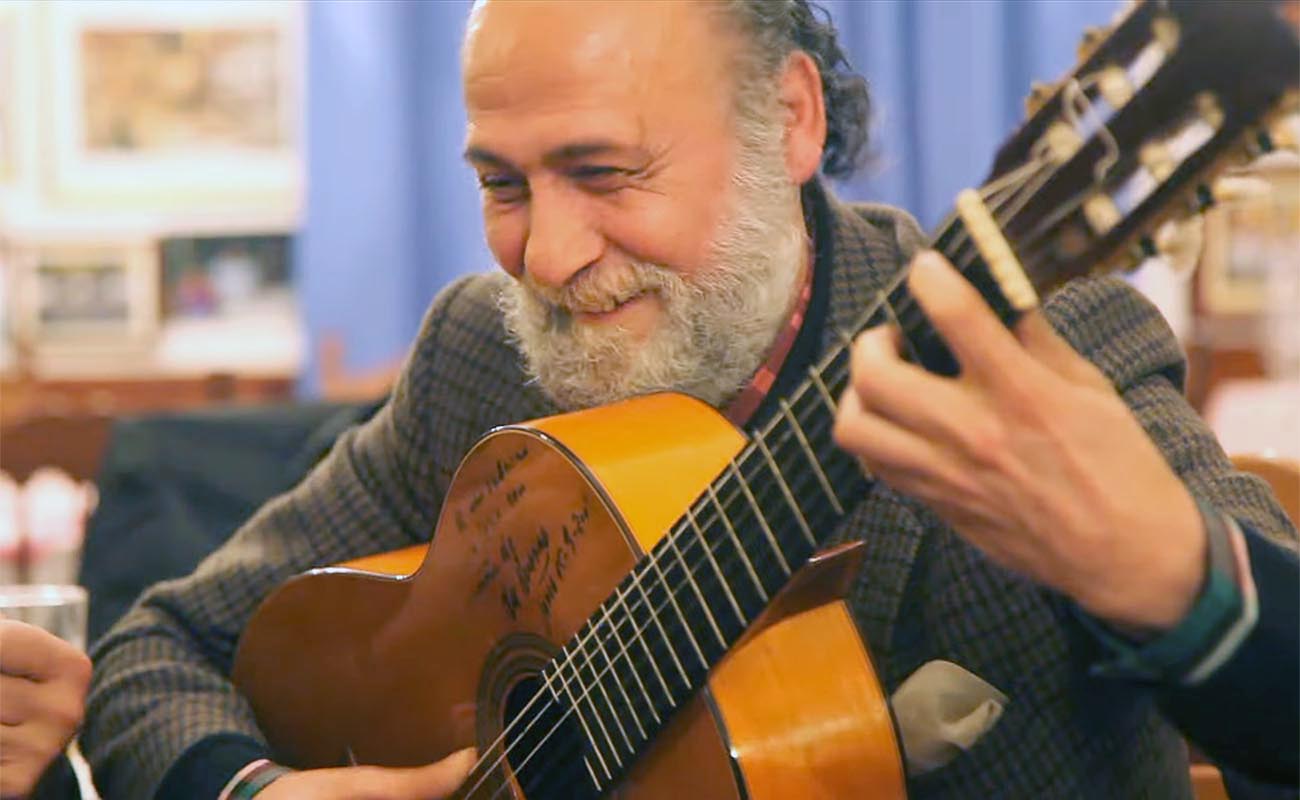
I don’t know if flamenco actually resides in people’s blood as some believe. But you can’t overlook the weight of the sociology, and by association, the importance of the family unit which throughout history has occupied a fundamental role in the transmission and preservation of this art-form.
A few years ago, I had the opportunity to meet and extensively interview older individuals who had lived and worked for long periods, years, in the large estates of Jerez and its surroundings. The harshness of the conditions, the absence of comforts, entertainment, or privacy, all tempered with the balm of flamenco, led to a way of life that left a lasting impact on all those involved. Extreme poverty, accompanied by humor and resignation, shaped human values that were more than compatible with flamenco.
Those people, their faces filled with joy and sorrow, shared their memories with me, and we cried together. Now only two or three remain… I didn’t take into account back then the inevitable outcome of the life cycle. One of the most relevant individuals with a lot to share was Manuela Carrasco Jiménez (Jerez de la Frontera, 1925-2012), known in her youth as “Rubita Jero”. She was the sister of the popular Manolito Jero, singer and dancer with a big personality who made a living performing at private parties, fairs, theaters, and in variety shows. He even shared the stage with renowned artists such as Chocolate and Niño Ricardo. Manuela spoke to me about “the father of these two young guitarists” [Pedro and Antonio Jero], “my brother’s sons”, and pointed out he was a very talented dancer. “Everyone copied the dance of Manolito Jero”.
The guitarist “Pedro” mentioned by Manuela, known as “Niño Jero” or “Periquín,” refers to Pedro Carrasco Romero (Jerez de la Frontera, 1954-2013) who recently passed away. More Jerez than a dry oloroso sherry, he embodied a festive spirit rooted in deep flamenco traditions, a way of life learned from his popular father, in the nurturing environment of the farms and courtyards of that time.
During the era of Los Montoya who popularized domestic flamenco represented on theater stages with artists such as Antonia la Negra, Carmen and Carmelilla Montoya and Juan Montoya, there was a guitarist with abundant long hair and a big smile. It wasn’t until a few years later that I realized that guitarist was Periquín, no longer with the hair but still carrying the unmistakable flavor of flamenco inherited from his own people. In this way, the Montoya family from Triana received a whiff of those intense experiences from the fields of Jerez.
Extract from the declarations of Manuela Carrasco Jiménez
“When we arrived at night, we’d freshen up, get ourselves ready…you combed your hair, put on another dress… We’d eat in front of the rustic fireplace, and the cook would place about eight large bowls called lebrillos that contained boiled chick-peas. With a spoon in one hand, we’d take a step forward and then back, that’s how we ate, standing up, with a slice of bread in the other hand. The fields are the people of Santiago… a few went on horseback, but the rest walked, five hours on foot, in the cold, in the rain, in the heat, no matter what… The journey was made shorter with singing. We would wake up at six, and be in the field by eight, working seven days a week. We sang in the field, but mostly in the farm workers’ quarters [called gañanías]. Every night, we’d spend at least a while singing. And on rainy days, we’d go out to gather snails or asparagus, and then spend the whole day in the gañanía singing. Bulería, soleá, siguiriya… things of Torre, of Caracol, of Juanichi… In the field were Tío Parrilla, El Borrico, La Periñaca, El Serna… When the landowner wanted to have a celebration with his friends, he’d call the field boss and say, ‘Look, it’s so-and-so’s birthday, let’s throw a party’. The ones who sang the best would go, and each one would do what they knew. Some landowners would even dance, and the celebration would last until dawn”.


